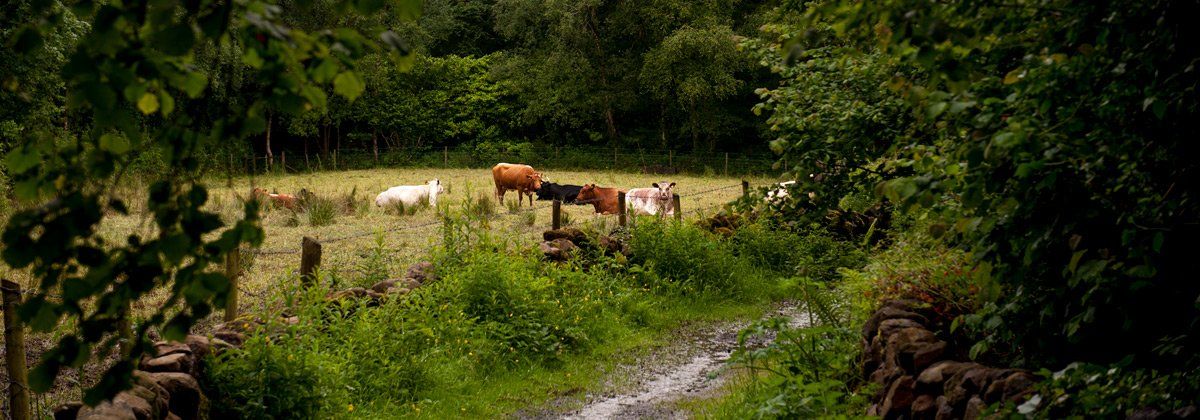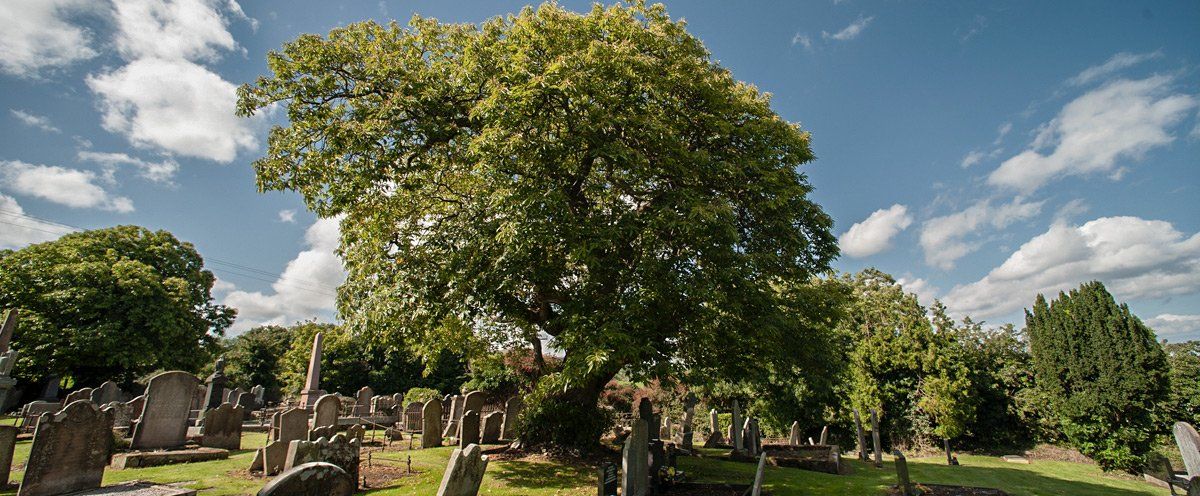Cairncastle Church
The church at Cairncastle was first referenced in 1306, in the graveyard are the ruins of an older church. The church we see today was built in 1815, a Chancel was added in 1891 and the steeple in 1901. The interior has some beautiful examples of stained glass work by the Franz Mayer Company of Munich. The baptismal font is said to have connections to the author Johnathon Swift (Gulliver Travels) who is reputed to have used it while being the minister of Kilroot. A prominent 17th-century figure in the church was the Rev. Patrick Adair who was ordained in 1646 and ministered here until 1672.
As well as the pastor, he was also a negotiator, historian and leading voice for the establishment of Presbyterianism in Ireland. In 1948 along with his patron James Shaw of Ballygally Castle he was appointed to a committee for the establishment of Presbyterianism in Ulster. On the committee were Ulster's parliamentary generals, after Charles 1st was executed by Parliament in 1649, the Presbyterian ministers of Down and Antrim broke ranks and released a signed presentation which opposed the execution and likened it to ’an act of horror, unprecedented in history’. They also stated they would pray for Charles II ( who had promised to establish Presbyterianism in Ulster - something he never did).
This in a roundabout way led to Patrick Adair being arrested on charges of complicity in a plot to overthrow the restored monarchy. The political and religious upheavals of the 17th century and the fight for Presbyterian rights were something he was closely associated with, his arrests and charges as well as his strong voice for what he believed in makes interesting reading. An account of some of his work during the 17th century can be found in an article published by the Glens of Antrim Historical Society, written by Seamus O Saothrai.
Another intriguing story of Ballygally and Cairncastle relates to the Spanish Chestnut tree that grows in the graveyard, during 1588 when the Spanish Armada was passing these shores a finely dressed sailor was washed ashore at Ballygally. A few local people took the body and buried it in the church graveyard, where he came from nobody knew, he may even have been one of the 1200 who perished on the Girona at Port na Spainagh in 1588. After a year or so a tree emerged from the grave and grew into what we see today, a Spanish Chestnut tree (Castanea sativa).
It is widely thought that the sailor had chestnuts in his pocket and that one of these germinated, samples taken from the tree date it to that period, we know they are long-living trees, a similar one in Gloucestershire dates to the 13th century. Why would it have come from this sailor?, well firstly chestnuts were widely used as food in Spain by the gentry, and were carried as provisions on ships, they could be stored easily and eaten raw or cooked. It is tantalizing to think that this tree could possibly link back to the Spanish Armada.





